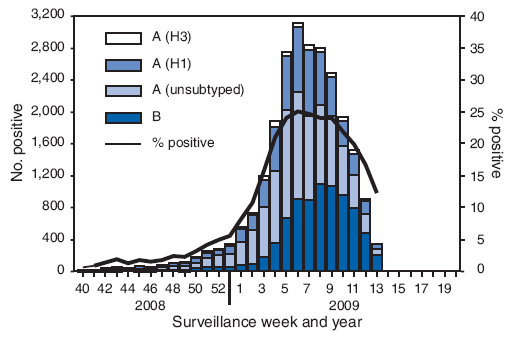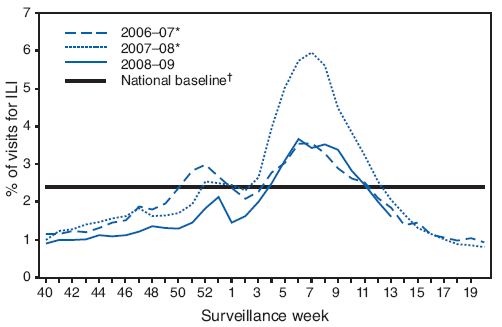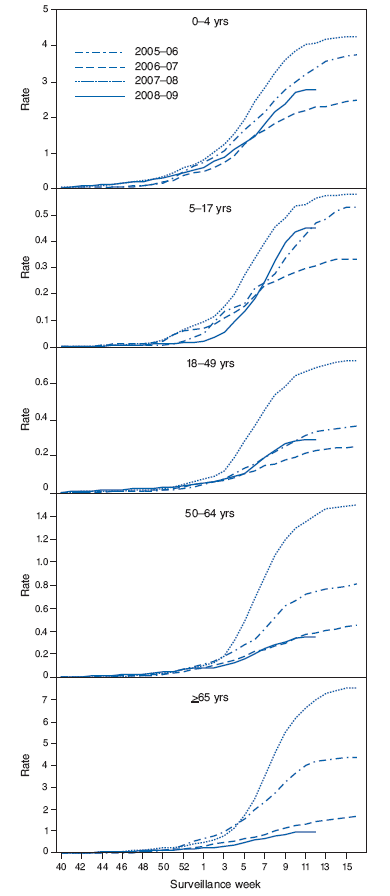Re: Seasonal Flu 2008 - 2009
SC infant hospitalized for a month with the flu

By Nathan Stewart
Photo Journalists
Published: April 15, 2009
Ronnie shehan and his only son cole have been through a lot in the past seven weeks. His infant son cole came down with Type A influenza; or, the flu. Cole had to be put on an ECMO machine that bypasses his heart and lungs.
Dr. Fred Tecklenburg works in the pediatric intensive care at MUSC, he says this is only the second time they have had to use ecmo for a case of the flu.
?But litterally in the last month, weve had three previously healthy children who have had life threatening illnesses?
Prevention, Tecklenburg says, should not be done through antiviral medicine but through through flu vaccines. Something he recomeneds for children as well as the care taker.
For more information on enfluenza and how to protect yourself visit the MUSC website.
SC infant hospitalized for a month with the flu

By Nathan Stewart
Photo Journalists
Published: April 15, 2009
Ronnie shehan and his only son cole have been through a lot in the past seven weeks. His infant son cole came down with Type A influenza; or, the flu. Cole had to be put on an ECMO machine that bypasses his heart and lungs.
Dr. Fred Tecklenburg works in the pediatric intensive care at MUSC, he says this is only the second time they have had to use ecmo for a case of the flu.
?But litterally in the last month, weve had three previously healthy children who have had life threatening illnesses?
Prevention, Tecklenburg says, should not be done through antiviral medicine but through through flu vaccines. Something he recomeneds for children as well as the care taker.
For more information on enfluenza and how to protect yourself visit the MUSC website.




 </td></tr> </tbody></table> <!-- closing 1px line --> <table border="0" cellpadding="0" cellspacing="0" width="100%"> <tbody><tr> <td bgcolor="#333333" valign="middle" width="630">
</td></tr> </tbody></table> <!-- closing 1px line --> <table border="0" cellpadding="0" cellspacing="0" width="100%"> <tbody><tr> <td bgcolor="#333333" valign="middle" width="630">  </td> </tr> </tbody></table> <!--webbot bot="Include" i-checksum="38575" endspan --> <table border="0" cellpadding="0" cellspacing="0" width="100%"><tbody><tr><td rowspan="2" width="10">
</td> </tr> </tbody></table> <!--webbot bot="Include" i-checksum="38575" endspan --> <table border="0" cellpadding="0" cellspacing="0" width="100%"><tbody><tr><td rowspan="2" width="10">



Comment